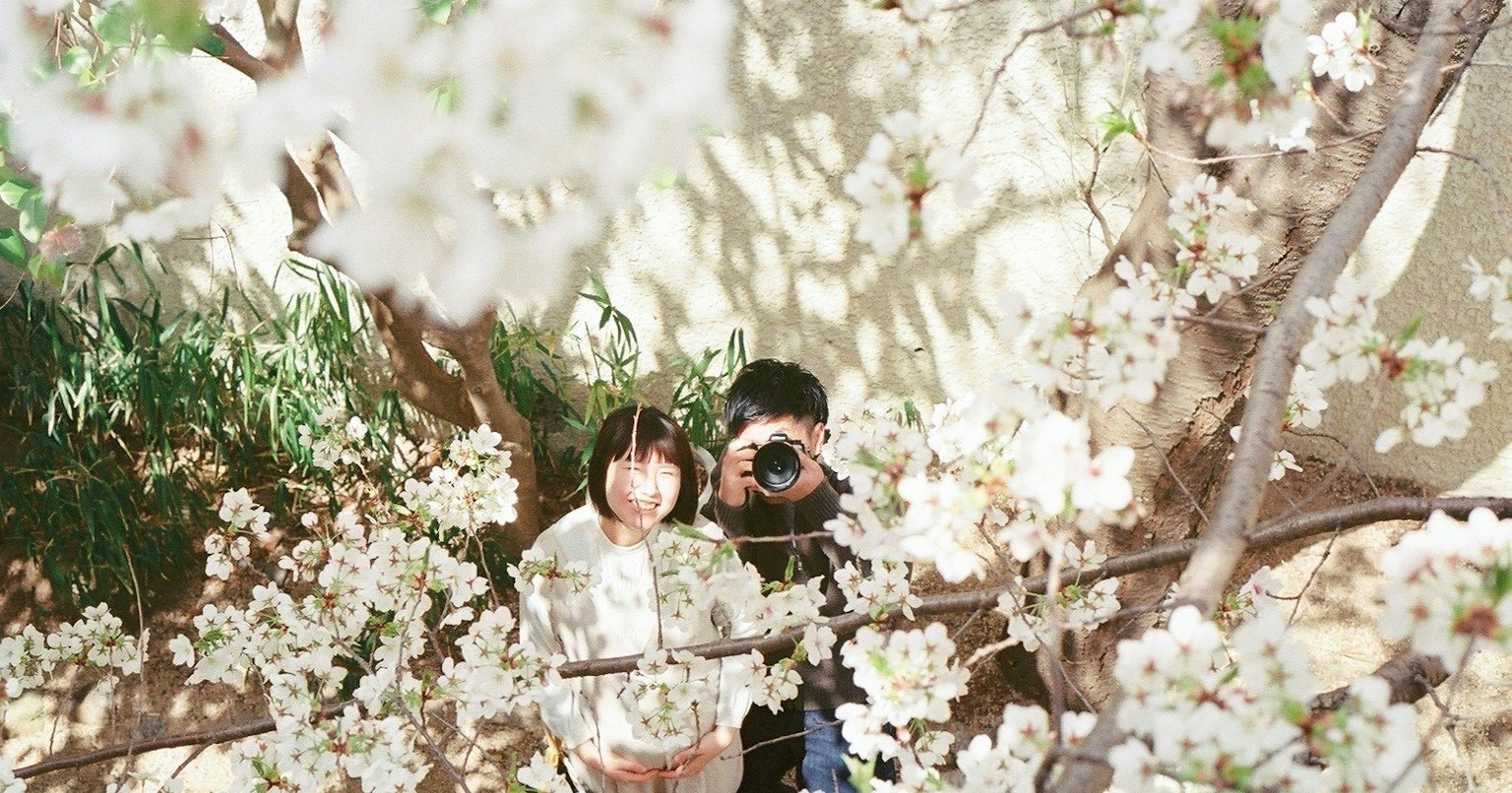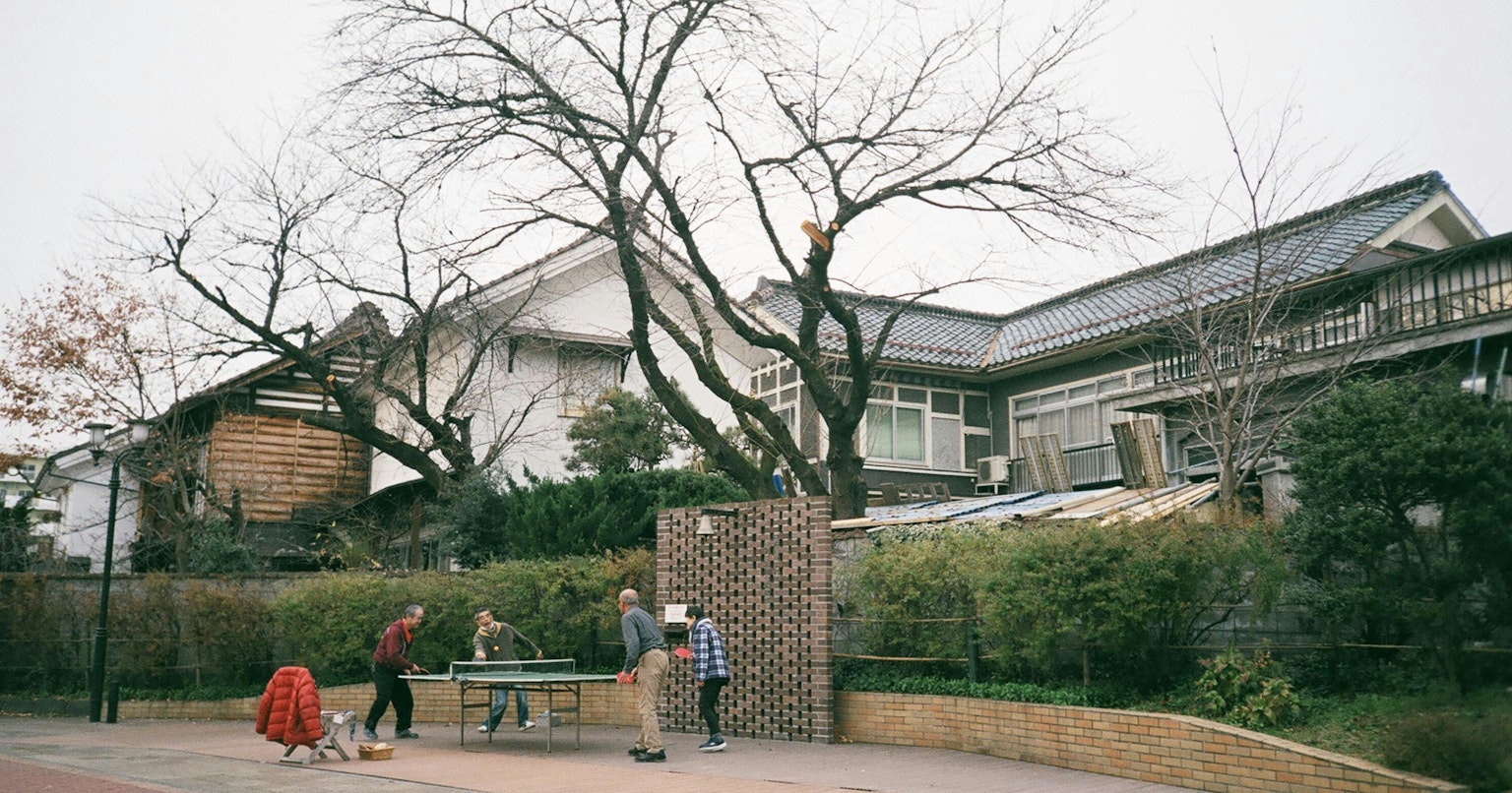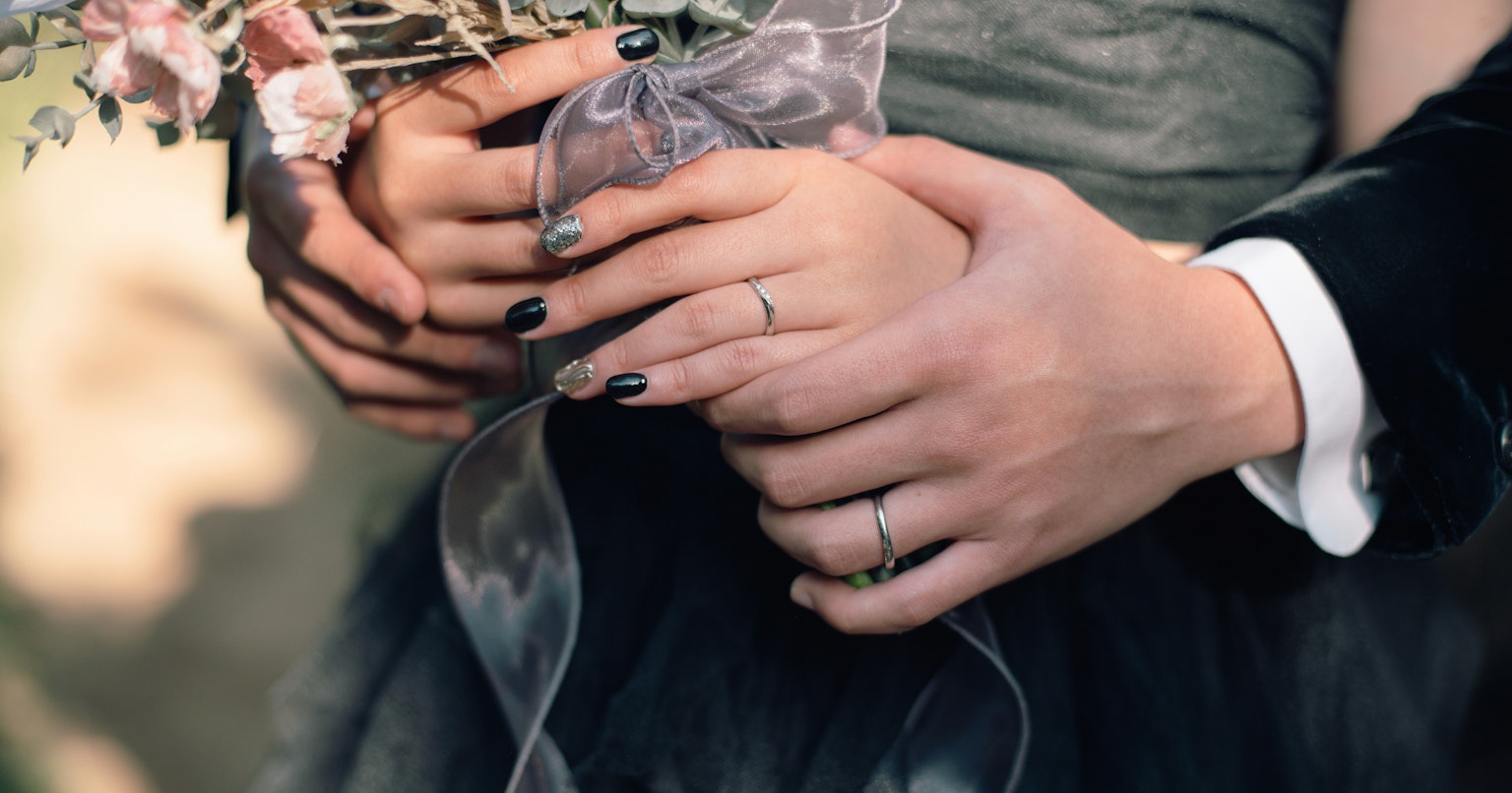
Cover photo by 琴橋
Rich tonal range, smooth gradients, and robust editing flexibility—16-bit color can be described as the "unlocking of possibilities" in photo editing. It offers flexibility that cannot be achieved with smartphone photography or 8-bit JPEG editing, making it ideal not only for professionals but also for creators looking to take the next step.
In this article, we’ll explore the mechanics, appeal, and practical applications of 16-bit color.
Tonal Preservation for Deeper Edits
16-bit color provides 65,536 tonal levels per RGB channel, handling a total of 281 trillion colors. This is overwhelmingly superior compared to the mere 256 levels of 8-bit color.
It preserves subtle tones between light and shadow, making it less prone to color banding during shadow lifting or highlight recovery. Gradients in the sky and skin textures remain natural and intact.
Freedom in Editing
Even when layering adjustments like exposure, saturation, HSL, or masking in tools like or , 16-bit color ensures the image remains intact. From urban nightscapes to the intricate veins of autumn leaves, you can maintain delicate details while achieving intentional tonal changes and creating the desired atmosphere.
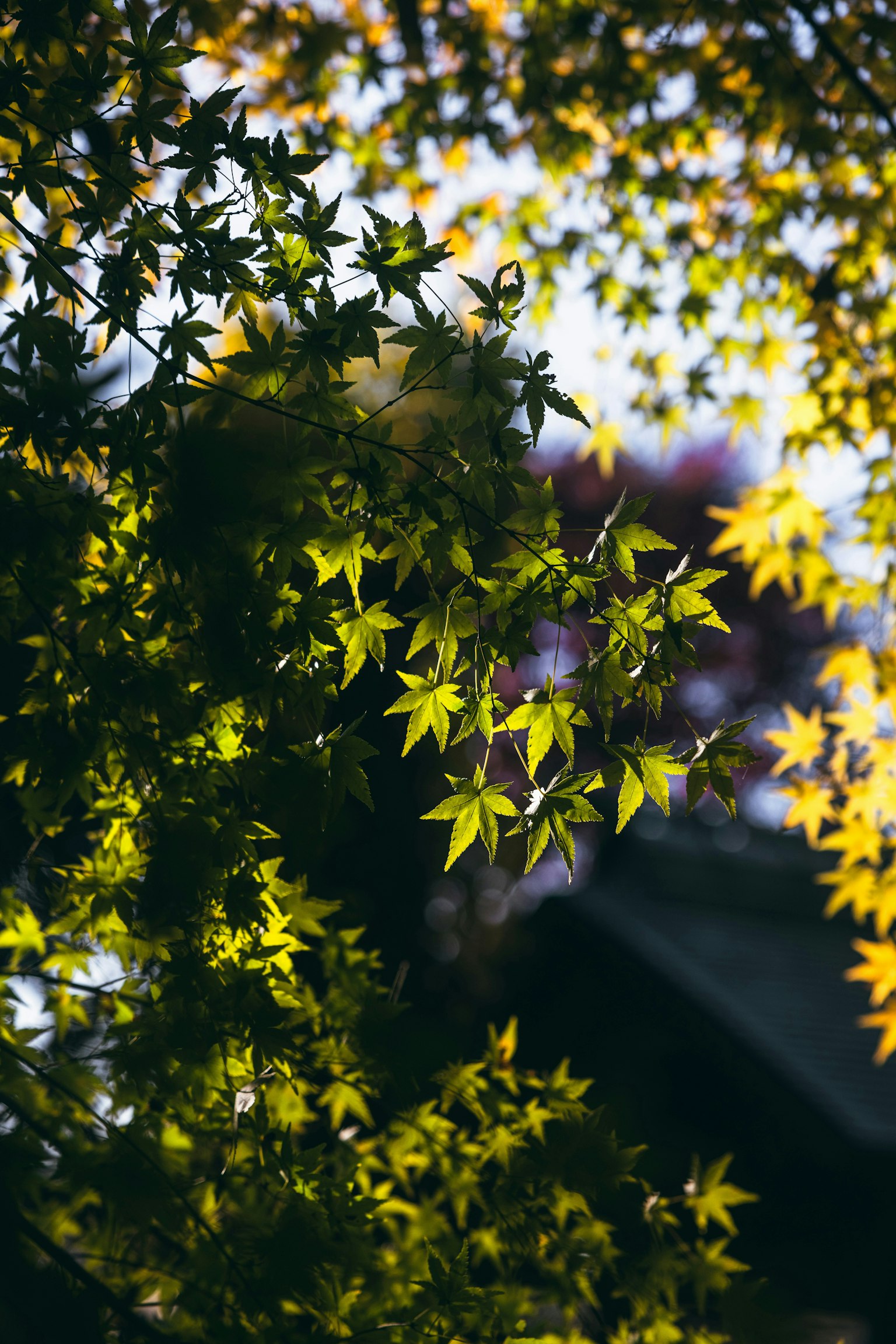
Photo by ek_photofeeling
When performing non-destructive editing or color correction, this flexibility becomes a powerful asset.
How to Use It in Practice
Start by setting your camera to RAW mode and configuring or to handle 16-bit processing. For landscapes, try misty forest paths; for portraits, opt for soft backlit scenes.
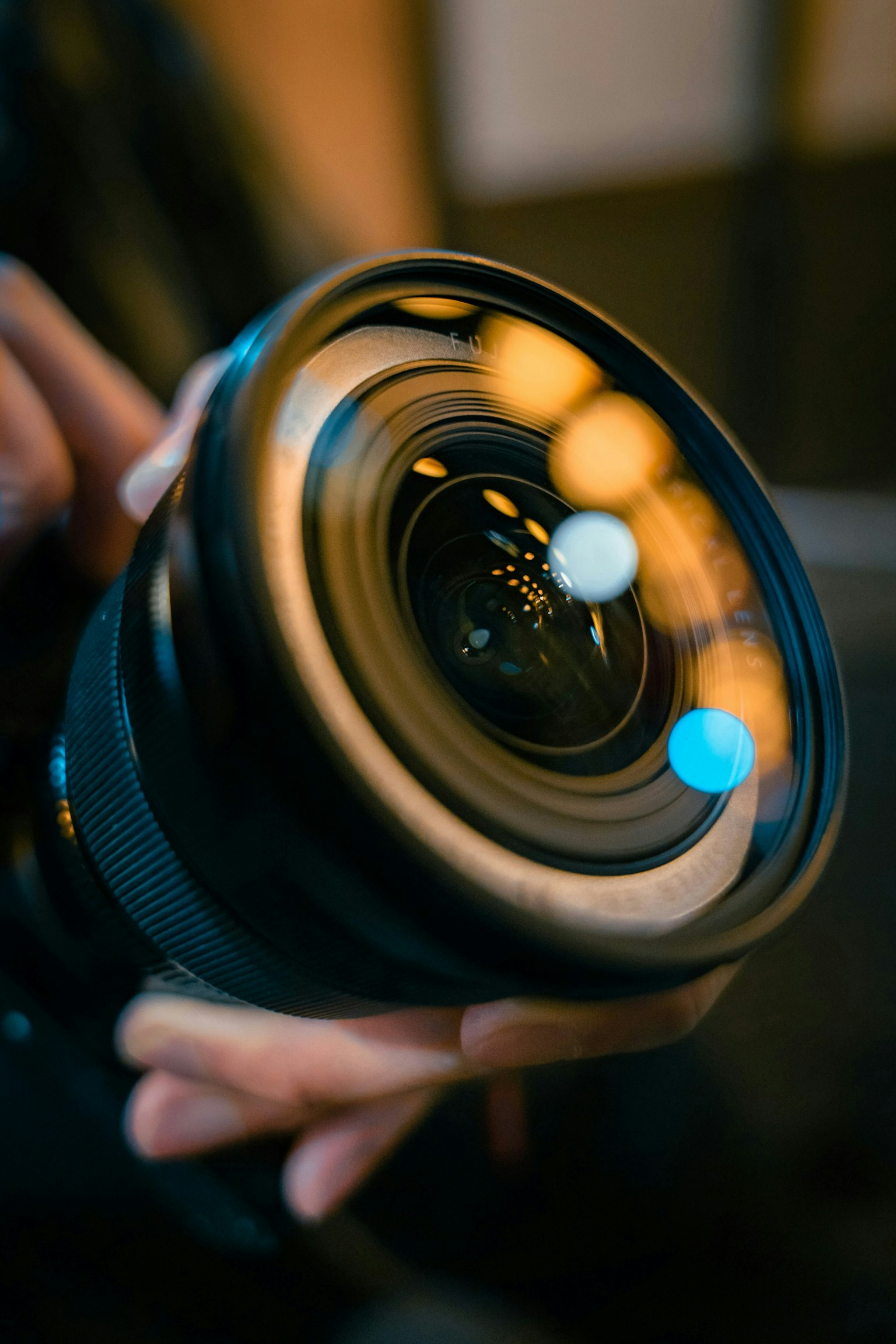
Photo by Yuya
By focusing on compositions that highlight subtle tonal differences, you can truly experience the benefits of 16-bit color. Choose formats like TIFF that support 16-bit, and enjoy the difference even in prints.
